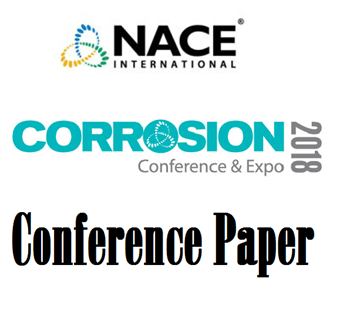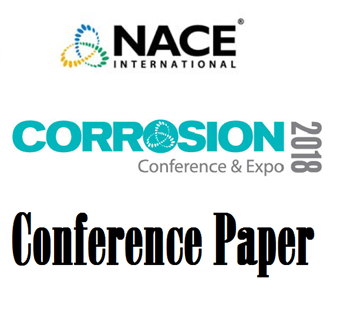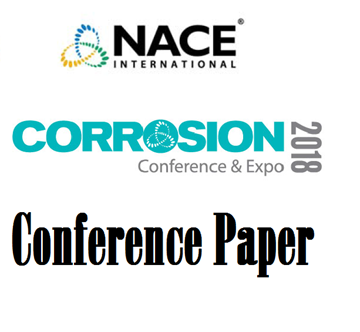Search
51318-11037-Methodology adopted to minimize the Risk of Oil and Gas Surface Facility during a Prolonged Shutdown Within Partitioned Zone (Kingdom of Saudi Arabia and Kuwait).
Also Purchased
51318-11039-Reinforcing the Anticorrosion Property of Epoxy Coating Utilizing Urea–formaldehyde Resin
Product Number:
51318-11039-SG
Publication Date:
2018
$20.00
51318-11029-Research and Evaluation of New Imidazoline Corrosion Inhibitor
Product Number:
51318-11029-SG
Publication Date:
2018
$20.00
51318-11030- A study on the Effect of Volatile Corrosion Inhibitors on Impressed Current Cathodic Protection
Product Number:
51318-11030-SG
Publication Date:
2018
$20.00




